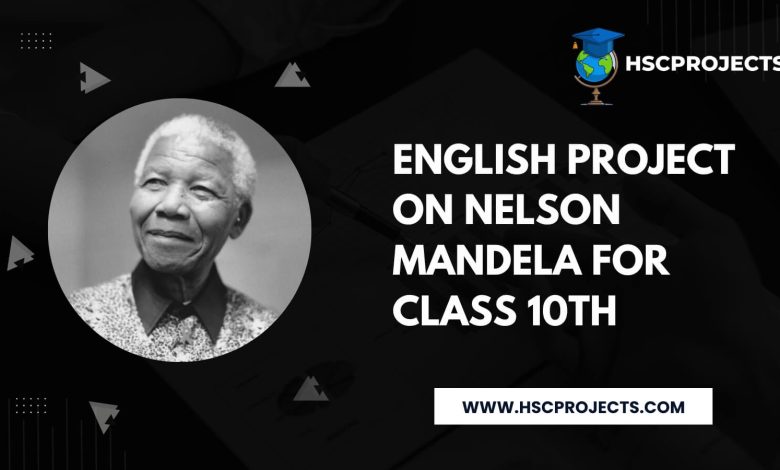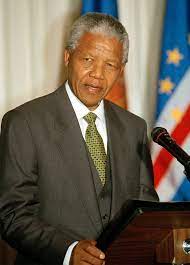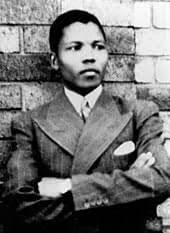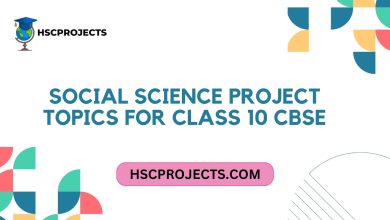
English Project On Nelson Mandela For Class 10th
Nelson Mandela: A Beacon of Hope and Resilience
Why should you know about Nelson Mandela? Because he’s not just a historical figure; he’s a symbol of resistance, hope, and the indomitable human spirit. From his early life to his years in prison and his role in ending apartheid, Mandela’s story is a masterclass in resilience.
- Name: Nelson Mandela
- Father’s Name: Gadla Henry Mphakanyiswa
- Mother’s Name: Nosekeni Fanny
- Born: July 18, 1918
- Death: December 5, 2013
- Death Age: 95
- Education: University of Fort Hare, University of Witwatersrand
- Political Party: African National Congress (ANC)
- Presidency: May 10, 1994 – June 14, 1999
- Awards: Nobel Peace Prize, among others

Early Life
Born on July 18, 1918, in Umtata, South Africa, Nelson Mandela was destined for greatness, and not the kind that comes from privilege. He was born into the Thembu royal family but chose a path that would be far removed from regal comfort. Why? Because Mandela saw the shackles that bound his people and decided he would be the one to break them. His father, Gadla Henry Mphakanyiswa, was a local chief and counselor to the monarch. His mother, Nosekeni Fanny, was the third of his father’s four wives. Together, they raised Mandela in a culture rich with moral and political teachings.

Education and Activism
Mandela wasn’t just a man with a mission; he was a man with the education to back that mission. He attended the University of Fort Hare and later the University of Witwatersrand, before working as a lawyer. He joined the African National Congress (ANC) in 1943. His education wasn’t just academic; it was a lesson in understanding the roots of oppression. He was expelled from Fort Hare for participating in a student protest, an early indicator of his activist spirit. Later, he moved to Johannesburg, where he completed his studies and joined a law firm.
The Struggle Against Apartheid
Mandela knew that the fight against apartheid was a fight for the soul of his nation. He was arrested and imprisoned multiple times for his activism. But it was his conviction in 1962 that led to a 27-year-long prison sentence. He used this time to earn an LLB degree and engage in secret communications with exiled ANC leaders. He was initially imprisoned in Robben Island and later moved to Pollsmoor Prison and then to Victor Verster Prison. During this time, the “Free Nelson Mandela” campaign gained international traction.
The Turning Point: 1990
In 1990, a seismic shift occurred. F.W. de Klerk, who had replaced P.W. Botha as South Africa’s president, announced Mandela’s unconditional release. Why is this significant? Because it set the stage for the end of apartheid and the beginning of a new chapter in South Africa’s history. Mandela’s release was broadcast live across the world, and he was greeted by a massive crowd upon his release.
The End of Apartheid and Political Ascendancy
Mandela was released from Victor Verster Prison on February 11, 1990. He didn’t just walk out as a free man; he walked out as a symbol of hope for millions. He engaged in preliminary negotiations with the government, leading to the end of apartheid. Mandela was elected ANC President in 1991, setting the stage for the multiracial general elections in 1994. He also led the ANC in the negotiations that led to the transition to multi-racial democracy.
The Nobel Peace Prize and Presidency
In 1993, Mandela and de Klerk were jointly awarded the Nobel Peace Prize. The following year, Mandela became South Africa’s first Black president. But his presidency wasn’t just historic; it was transformative. He focused on reconciliation between the country’s racial groups and oversaw the establishment of a Truth and Reconciliation Commission. His government introduced various social and economic programs aimed at improving the living standards of South Africa’s Black population.
Legacy and Death
Nelson Mandela passed away on December 5, 2013, but his legacy is immortal. Streets are named after him, statues are erected in his honor, and his autobiography, “Long Walk to Freedom,” is considered essential reading for anyone who believes in human rights. He left behind a nation that was fundamentally transformed and a world that was deeply inspired.
Conclusion
Nelson Mandela’s life is a testament to the power of resilience, the importance of equality, and the enduring spirit of one man who could inspire millions. He didn’t just change South Africa; he changed the world.
Certificate of Completion
[Student’s Name][Class/Grade Level]This is to certify that I, [Student’s Name], a [Class/Grade Level] student, have successfully completed the project on “Nelson Mandela For Class 10th.” The project explores the fundamental principles and key aspects of the chosen topic, providing a comprehensive understanding of its significance and implications.
In this project, I delved into in-depth research and analysis, investigating various facets and relevant theories related to the chosen topic. I demonstrated dedication, diligence, and a high level of sincerity throughout the project’s completion.
Key Achievements:
Thoroughly researched and analyzed English Project On Nelson Mandela For Class 10th.
Examined the historical background and evolution of the subject matter.
Explored the contributions of notable figures in the field.
Investigated the key theories and principles associated with the topic.
Discussed practical applications and real-world implications.
Considered critical viewpoints and alternative theories, fostering a well-rounded understanding.
This project has significantly enhanced my knowledge and critical thinking skills in the chosen field of study. It reflects my commitment to academic excellence and the pursuit of knowledge.
Date: [Date of Completion]Signature: [Your Signature] [School/Institution Name][Teacher’s/Examiner’s Name and Signature]
In order to download the PDF, You must follow on Youtube. Once done, Click on Submit
Follow On YoutubeSubscribed? Click on Confirm
Download English Project On Nelson Mandela For Class 10th PDF






